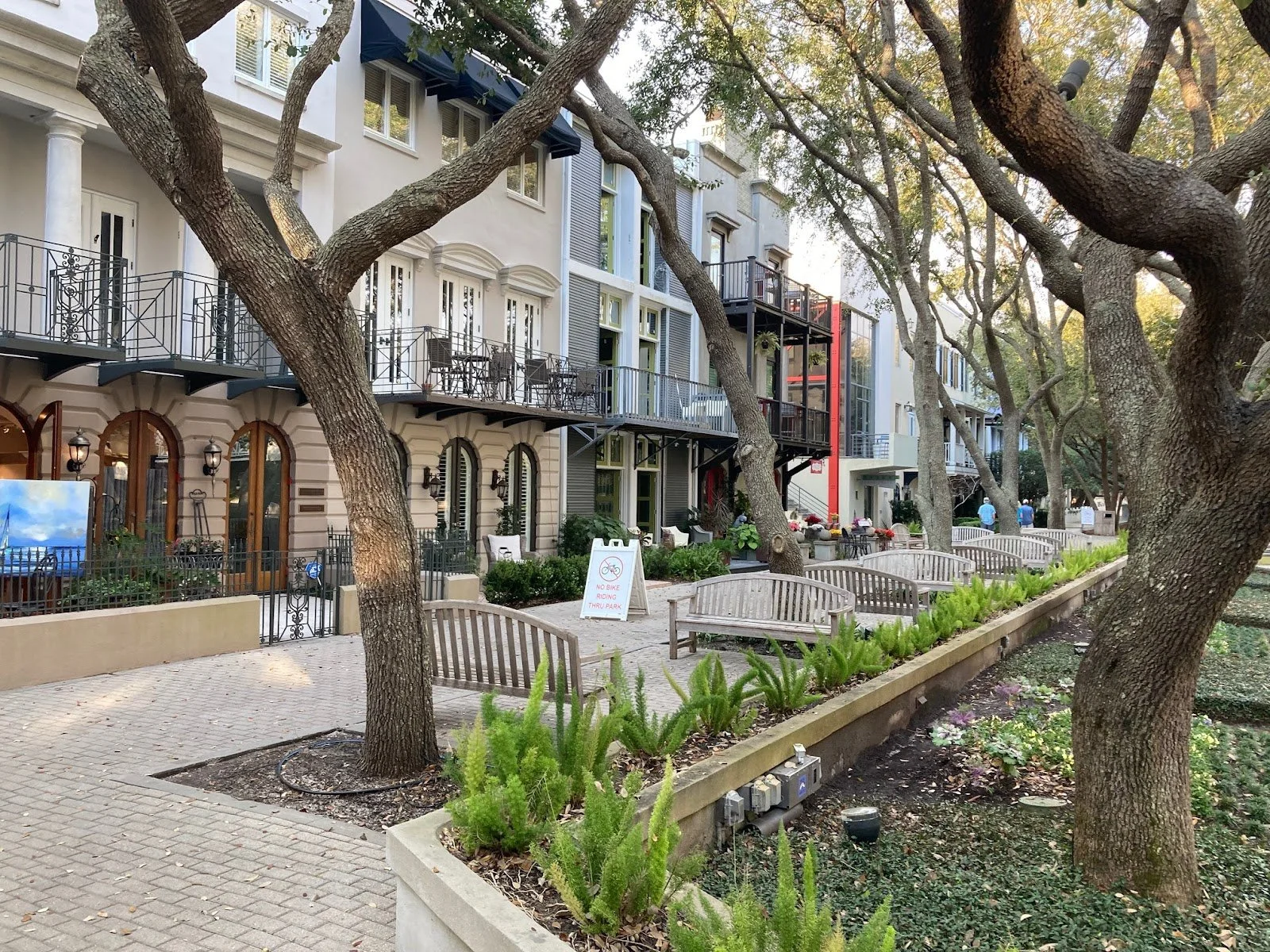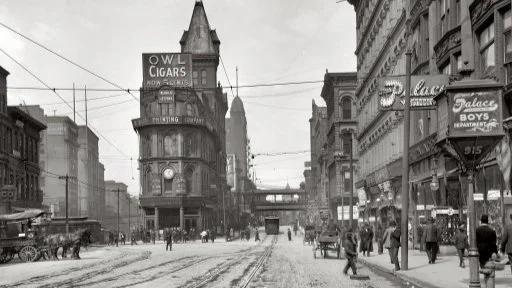Incrementalism is not an end in itself. Nor is it about a “small-is-beautiful” aesthetic for its own sake. Instead, it’s a practical pathway toward resilient, financially sound places.
Read MoreThis Not Just Bikes video takes a look at airport business parks as an interesting (and infuriating) case study for places designed for cars instead of people
Read MoreWhat does and doesn’t work about the “great-granddaddy” of New Urbanism?
Read MoreSome neighborhoods can feel downright hostile, especially to outsiders. But many places have become this way due to inhospitable design, not inhospitable people.
Read MoreFrom its one-time status as one of America’s most prosperous cities, Hartford, CT, is now one of the poorest—no thanks to its mid-twentieth-century urban renewal projects.
Read MoreYou don’t need to reinvent the wheel to create places that aren’t bad—and that should be the first and foremost goal for a city.
Read MoreThe modern conceit is that we are far more advanced than the people of past generations—but how do our cities really stack up against those of the past?
Read MoreCities should not be afraid to impose design standards that meet the community’s needs and that don’t jeopardize long-term planning for the public realm.
Read MoreThese two highways in New Jersey run parallel and very close to each other—and traveling along them allows a sustained view of two different development approaches.
Read MoreA community should determine what kind of community it wants to be, not unelected DOT engineers.
Read MoreIt’s no secret that the conventional process for public engagement in urban planning is broken. So, what should we be doing, instead?
Read More“Preserve the trees” or “clear the way for more housing”—which side should you take? (Good news: It’s a false choice, to begin with.)
Read MoreIf a picture can say a thousand words, it can probably also tell at least 100 lies—as demonstrated by these development projects that did not turn out as promised.
Read MoreSurprise, surprise: Americans love dense, walkable places connected to a sense of history.
Read MoreWe all know about the Suburban Experiment here at Strong Towns—but are we now also starting to see the rise of a new paradigm?
Read MoreIn everyday life, people usually say “I need a plan” if something has gone wrong. Plans should play a similar role in cities.
Read MoreWhy is it that when a place is [pick one: walkable, bikeable, beautiful, lovable, inviting, human-scale], it so often gets coded as being “gentrified” or “upscale”?
Read MorePlanning must become a job that planners can actually do in a 40-hour work week. This will require a different approach to planning, altogether.
Read MoreWhat do we find when we look behind the "New Urbanist" façade of this master-planned development?
Read MoreSoftware engineers don’t design user interface, so why do we let civil engineers design streets?
Read More



















